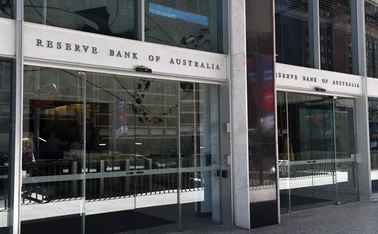
State Bank of Vietnam needs a single mandate not independence
Searching for stability

In the late 1980s Vietnam shifted from a centrally controlled economy to a more internationalised and market-based one with a ‘socialist orientation’ (Doanh, 2008).1 In real terms, the strategy has proven a success. Driven by domestic investment, foreign investment and exports, real GDP growth averaged 7.4% from 1991 to 2010, and per capita real GDP almost doubled from 1993 to 2009. The poverty rate also declined during the past two decades (World Bank Data).2 Many observers now expect Vietnam
Only users who have a paid subscription or are part of a corporate subscription are able to print or copy content.
To access these options, along with all other subscription benefits, please contact info@centralbanking.com or view our subscription options here: http://subscriptions.centralbanking.com/subscribe
You are currently unable to print this content. Please contact info@centralbanking.com to find out more.
You are currently unable to copy this content. Please contact info@centralbanking.com to find out more.
Copyright Infopro Digital Limited. All rights reserved.
As outlined in our terms and conditions, https://www.infopro-digital.com/terms-and-conditions/subscriptions/ (point 2.4), printing is limited to a single copy.
If you would like to purchase additional rights please email info@centralbanking.com
Copyright Infopro Digital Limited. All rights reserved.
You may share this content using our article tools. As outlined in our terms and conditions, https://www.infopro-digital.com/terms-and-conditions/subscriptions/ (clause 2.4), an Authorised User may only make one copy of the materials for their own personal use. You must also comply with the restrictions in clause 2.5.
If you would like to purchase additional rights please email info@centralbanking.com







